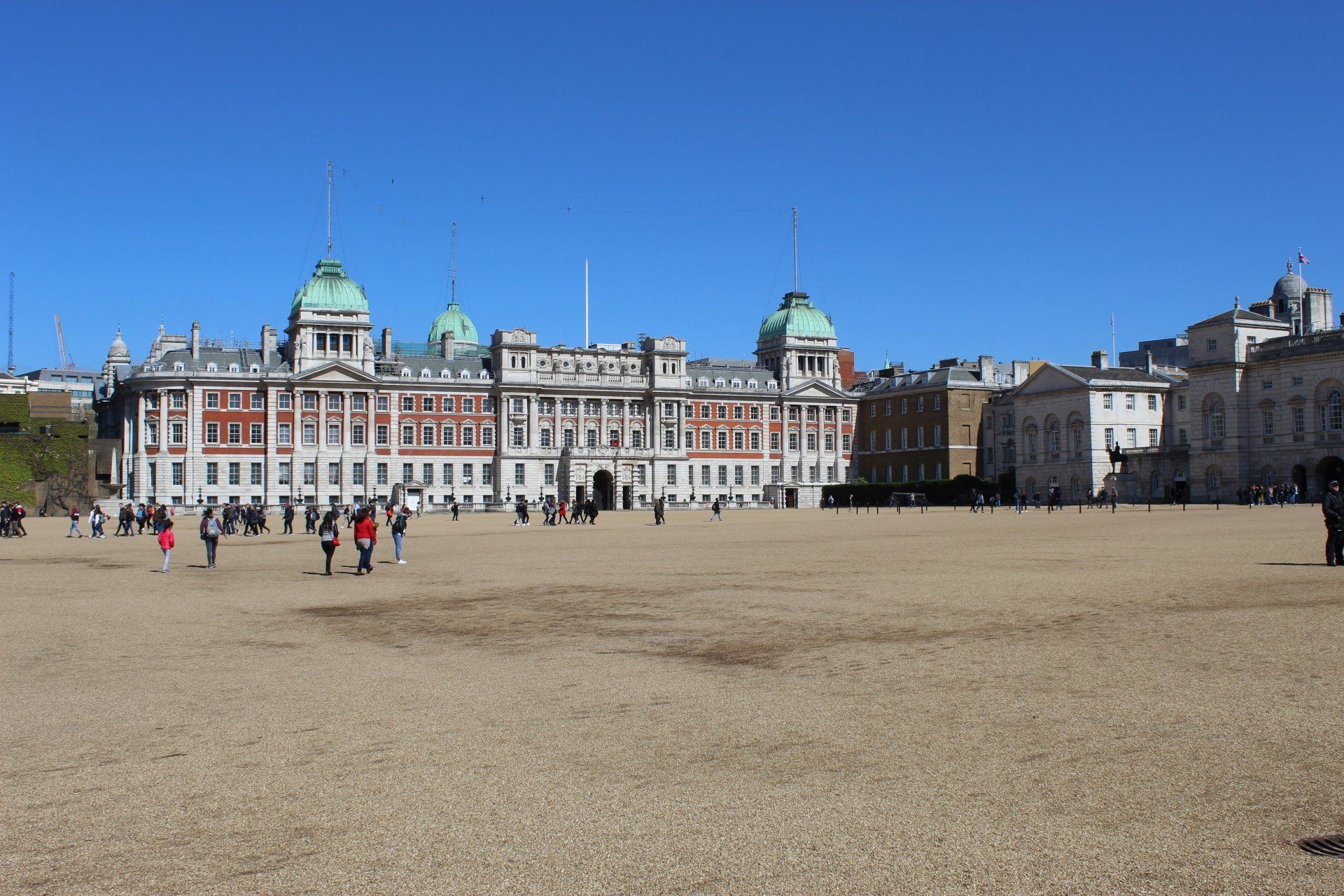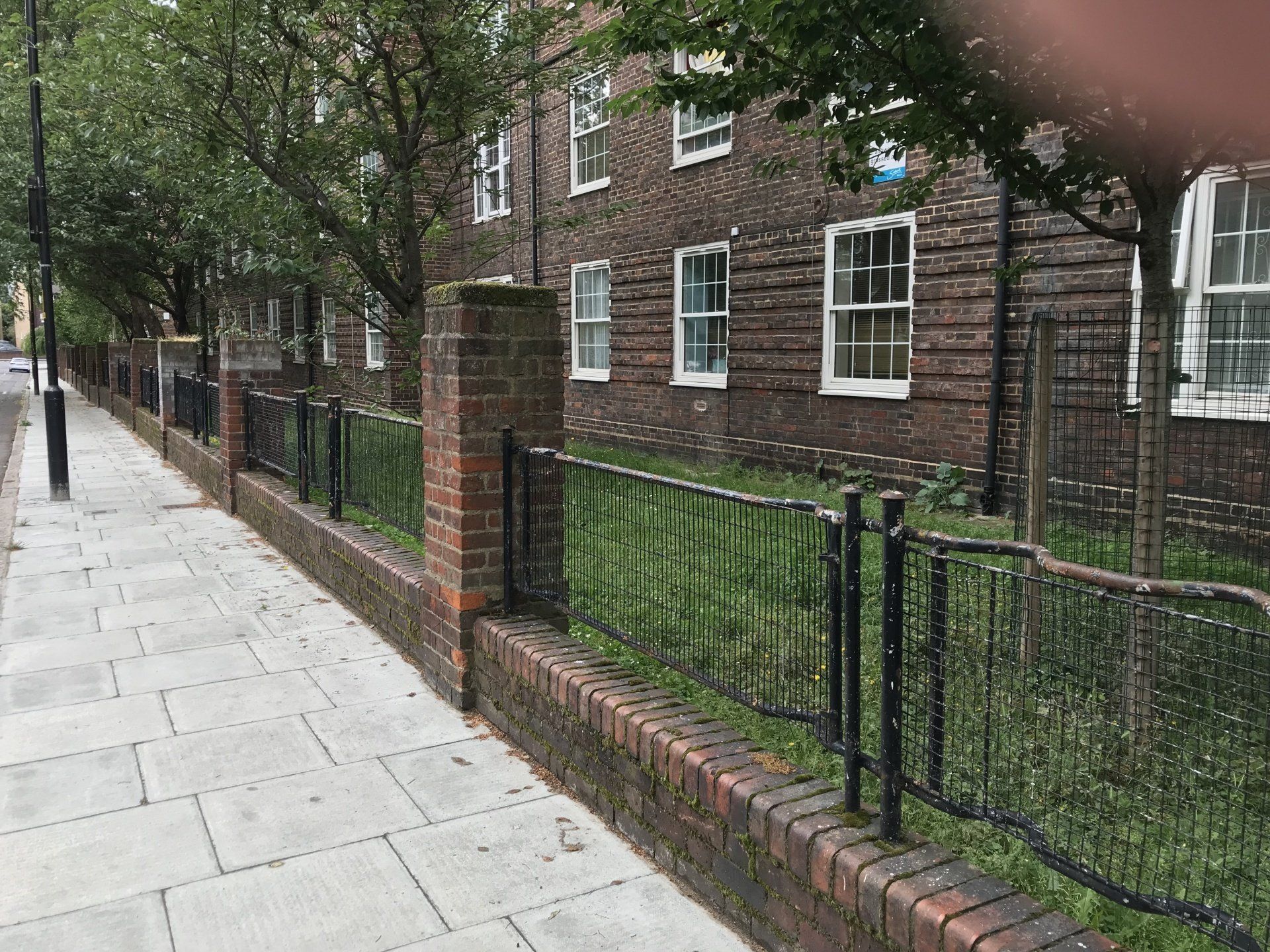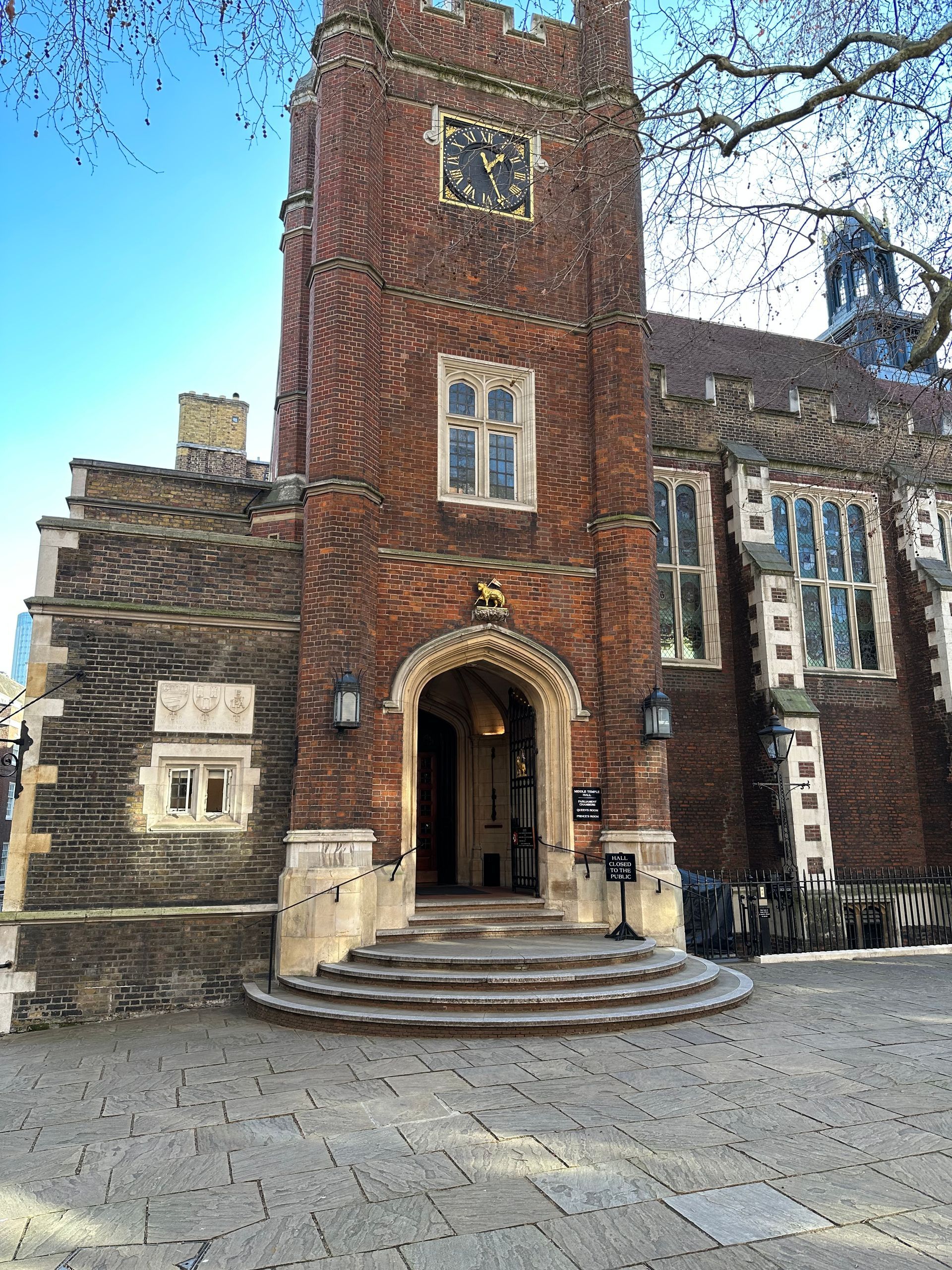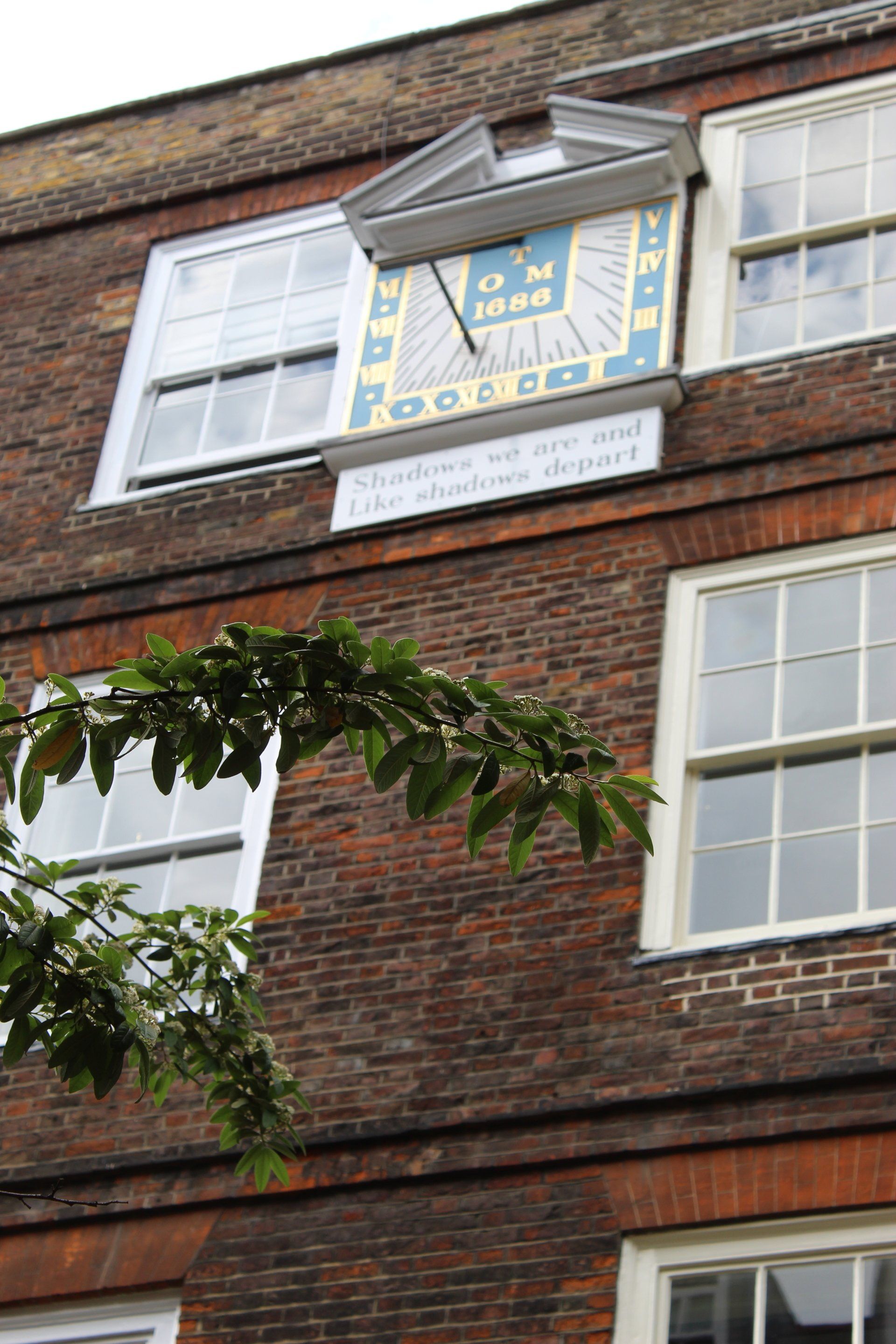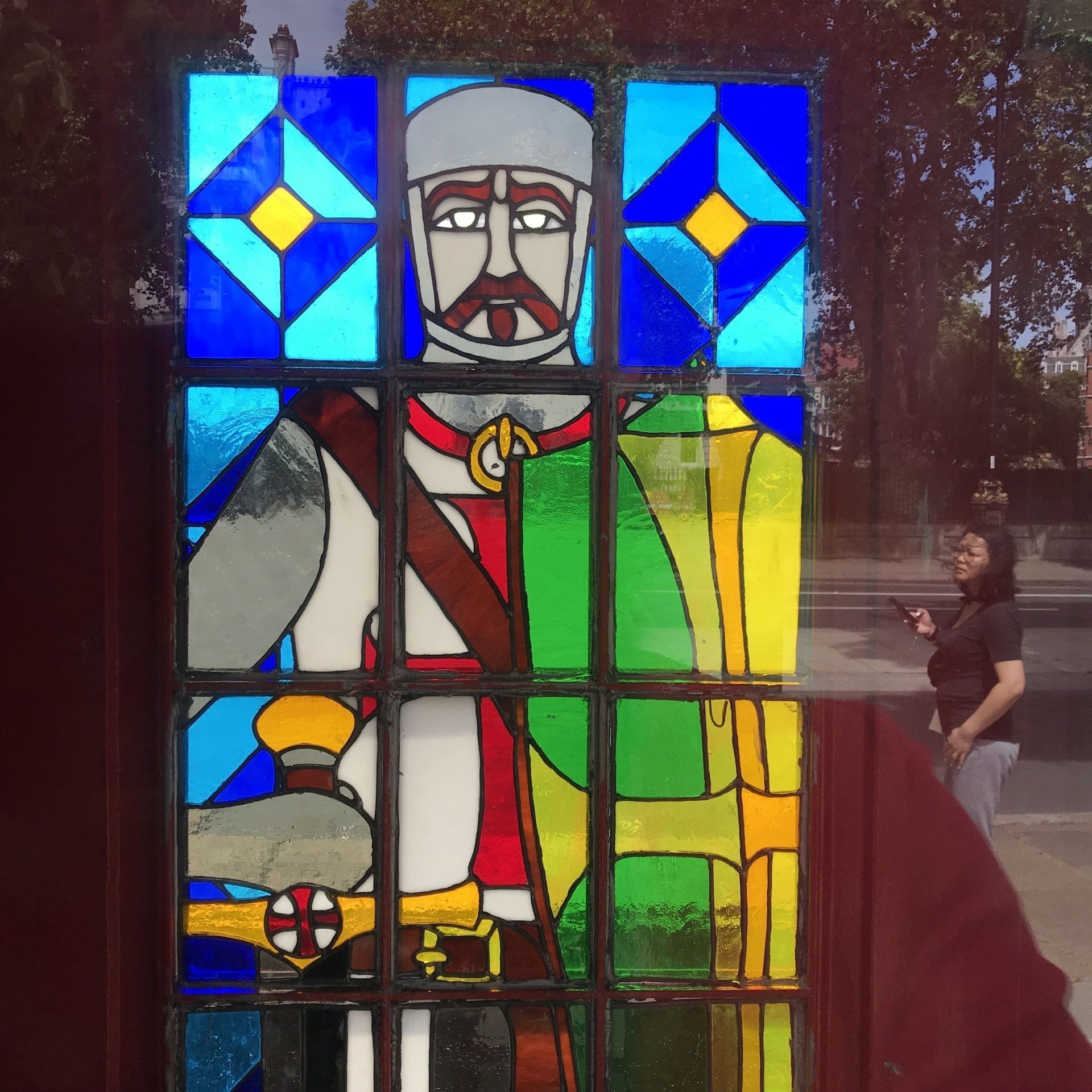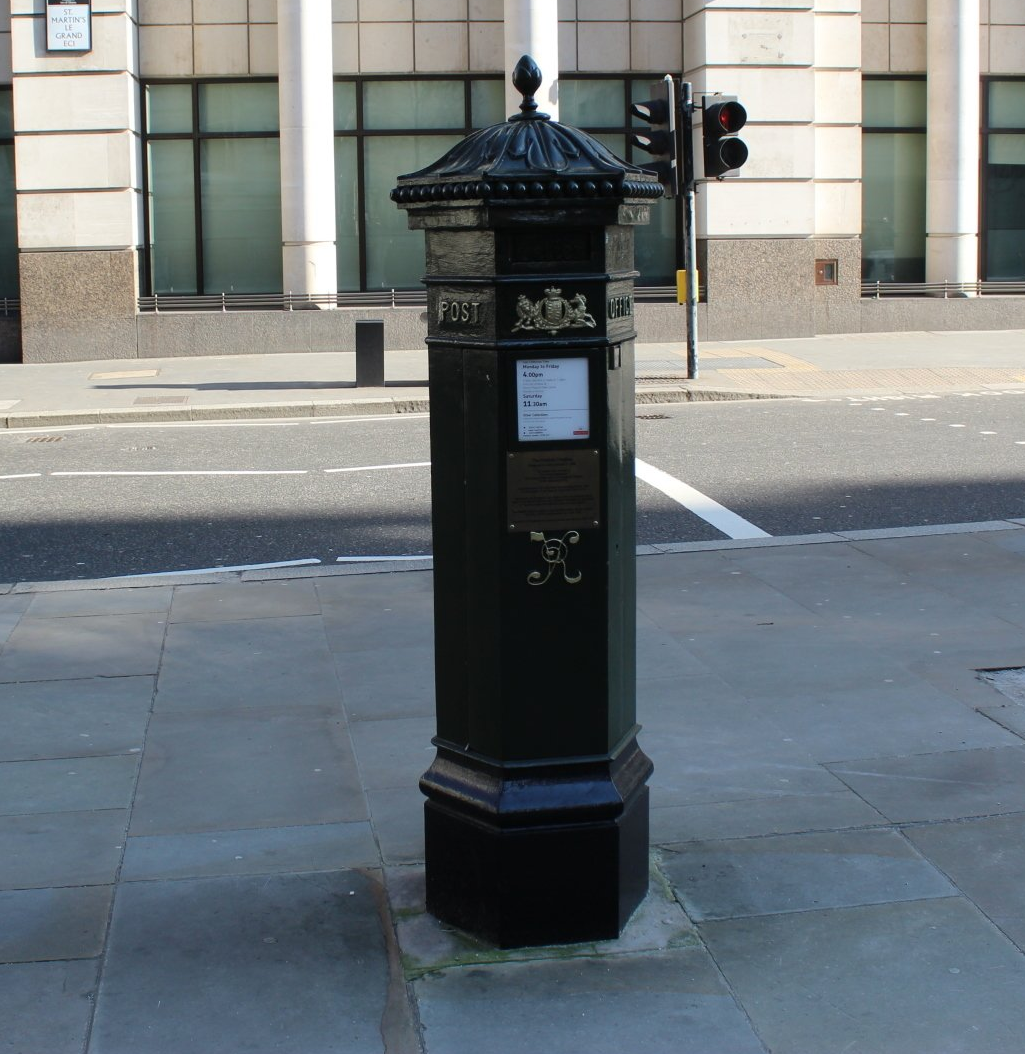Oxo Tower
Oxo Through The Ages.
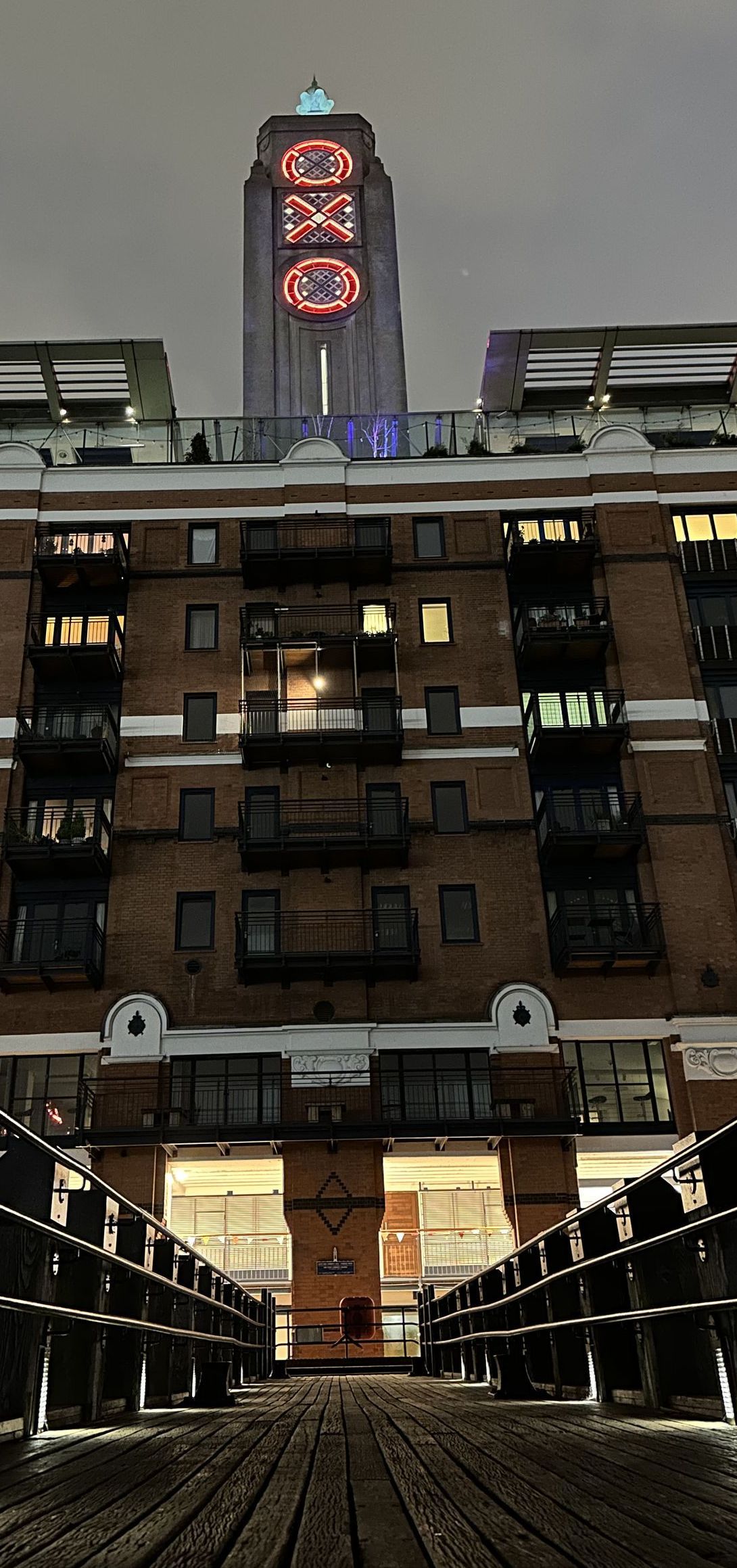
The OXO Tower is a prominent landmark located on the South Bank of the River Thames in London, England. Its history spans over a century, and it has undergone several transformations, serving various purposes throughout the years.
1. Early History: The OXO Tower was originally constructed between 1928 and 1929 as a power station for the Post Office, designed by architect Albert Moore. Its distinctive design features a steel frame with Art Deco styling, characterized by geometric shapes and decorative motifs.
2. Conversion to a Factory:: In the 1930s, the building was acquired by the Liebig Extract of Meat Company, which produced OXO beef stock cubes. The company commissioned architect Albert Moore to convert the building into a cold store and factory for the production of OXO products. The iconic OXO lettering and logo were added to the building's façade, circumventing strict advertising regulations of the time by using the letters as windows.
3. World War II:: During World War II, the OXO Tower was damaged by bombing raids, but it remained largely intact. After the war, it was refurbished and continued to be used for manufacturing purposes.
4. **Decline and Abandonment**: In the latter half of the 20th century, the OXO Tower fell into disuse as the surrounding area underwent urban decay. The building stood abandoned for several years, facing threats of demolition.
5. **Redevelopment**: In the 1980s, the OXO Tower was granted Grade II listed status, protecting it from demolition and ensuring its preservation as a historic structure. In the 1990s, the building was refurbished and converted into a mixed-use development, featuring restaurants, shops, galleries, and residential apartments.
6. **Contemporary Landmark**: Today, the OXO Tower is a vibrant cultural and commercial hub on London's South Bank, renowned for its panoramic views of the city skyline from its upper floors. The building is home to the OXO Tower Restaurant, OXO Tower Brasserie, and OXO Tower Bar, offering fine dining experiences with stunning views of the Thames and the city beyond. The ground floor houses a variety of boutiques and design shops, while the upper floors are occupied by residential apartments and exhibition spaces.
Overall, the OXO Tower stands as a symbol of London's industrial heritage and architectural legacy, revitalized and repurposed for the enjoyment of residents and visitors alike.
London Taxi Tour (LondonTaxiTour.Com)

